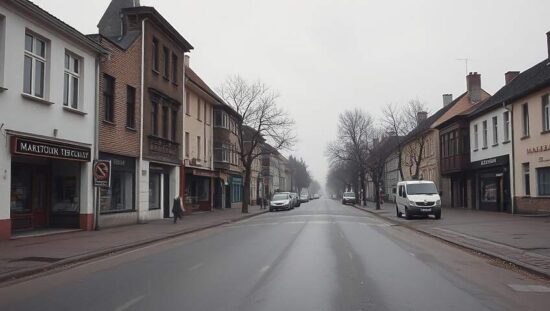Thirty-five years after German reunification, the economic gap between eastern and western Germany remains stubbornly persistent, according to a recent study by the Institute for German Economy (IW). The findings, reported by “Der Spiegel”, indicate that advancements in economic performance are now “minimal.
Klaus-Heiner Röhl, the study’s author, cautions that the prospect of eastern Germany achieving parity with the west is unlikely in the foreseeable future, deeming full alignment “unrealistic”. He attributes this to structural disparities including population decline in the eastern states, shortcomings in research and development and a deficit in investment and startup activity. A crucial factor is the relative absence of robust, productive industries, along with major industrial companies and corporate headquarters.
Comparing economic output, eastern Germany (excluding Berlin) experienced a slight regression in 2024. The Gross Domestic Product (GDP) per capita fell to 71.77 percent of the western level, a decrease from 72.04 percent in 2023. While some convergence occurred in recent years within the manufacturing sector, this is largely attributed to the decline in industrial activity in western Germany rather than genuine growth in the east.
Röhl suggests that eastern Germany is more likely to converge with the economic strength of western states such as Schleswig-Holstein or Rhineland-Palatinate – regions with broadly comparable economic structures and regional characteristics – instead of reaching the level of economic powerhouses like Munich or Hamburg.
Despite the overarching challenges, the study highlights positive developments. Labor productivity has, in certain regions and sectors, reached or surpassed the western German average. Wage levels have also narrowed the gap, largely due to the introduction of a minimum wage.
To facilitate greater economic convergence, the researcher proposes measures including later retirement ages and increased immigration of skilled workers to combat the anticipated labor shortages. Promoting the availability of housing in attractive, natural settings could serve as a key recruitment tool. Further improvements could be achieved through application-oriented research and reduced bureaucracy for startups. Röhl expresses reservations regarding large-scale subsidies for individual projects, citing potential risks and distorted competition, referencing the proposed Intel chip fabrication plant in Magdeburg as an example.





